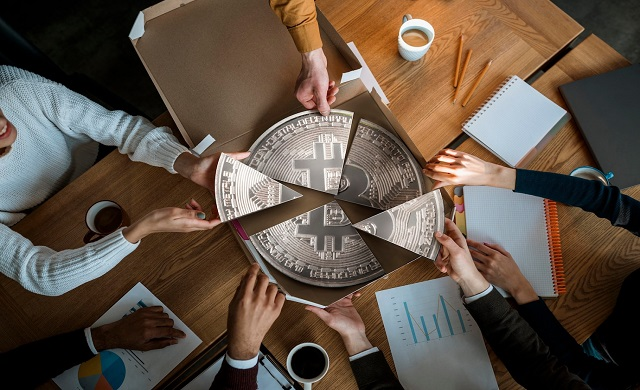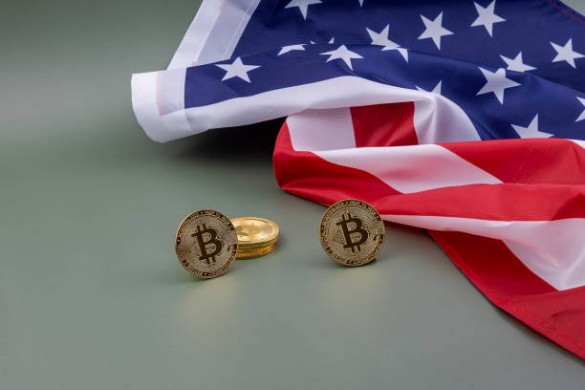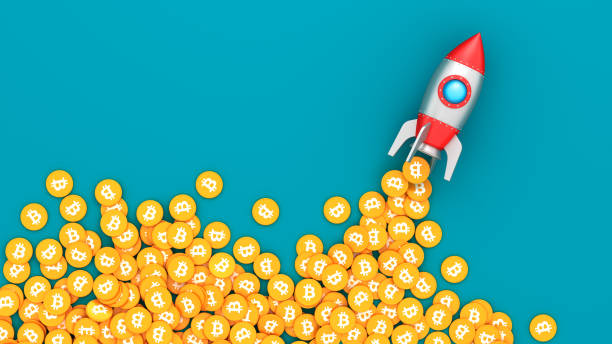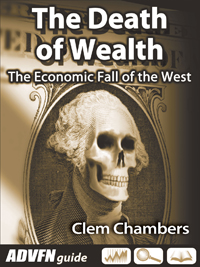The U.S. government has managed to avoid disaster, but at the same time, it has moved even closer to it. As Ray Dalio, founder of Bridgewater Associates, rightly pointed out, freezing the debt ceiling will not solve the problems of the U.S. economy; it simply pushes them away.
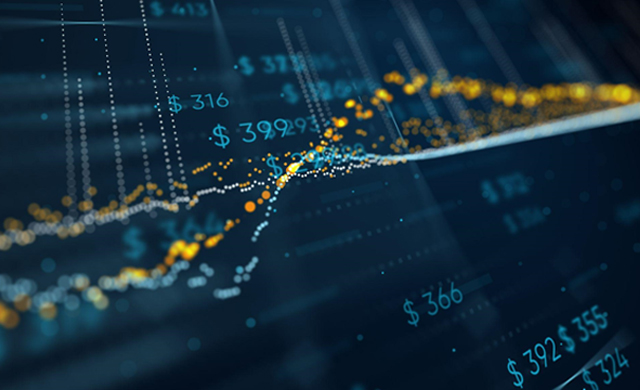
Yes, we could forget about it for a few years, but the margin shrinks while the needs grow. Brown University estimates that interest payments could reach more than $6.5 trillion in the 2050s, up from $663 billion today. Not a very sustainable debt bubble to me.
Having said this, unpopular decisions will have to be made sooner or later, but this is not a problem unique to the United States. Italy’s public debt to GDP was 146%, Japan’s 221%, Spain’s 106%, Portugal’s 131%, and Great Britain’s 102% at the end of 2021.
The king of Asia is also struggling but with growth. Although most analysts expected a rapid recovery of the Chinese economy following the end of the pandemic, it turns out the target will not be reached easily.
The country’s manufacturing PMI contracted for the second consecutive month and at its fastest pace in six months, while the services PMI fell to its lowest level in 4 months. The question is whether the “party” will come to the rescue with more economic investments.
As for the Land of the Two Holy Mosques, the IMF states in its latest economic projections that Saudi Arabia needs oil prices of $80.90 per barrel to balance its budget this year. The problem is that the global economic slowdown keeps Brent prices below the necessary level.
Not surprisingly, OPEC+ ministers agreed to extend their current production cuts until the end of 2024 and reached a compromise on the redistribution of African quotas in favor of the UAE. But here’s one thing, an actual production increase won’t start until next year.
Finally, a word about Europe: thanks to lower energy prices and lower increases in food, alcohol, and tobacco prices, inflation in the eurozone fell to 6.1% (month-on-month) in May. It is a positive sign, but it may be several months before consumers see more normal store prices which is why it is crucial to follow the economic calendar updates.

 Hot Features
Hot Features


